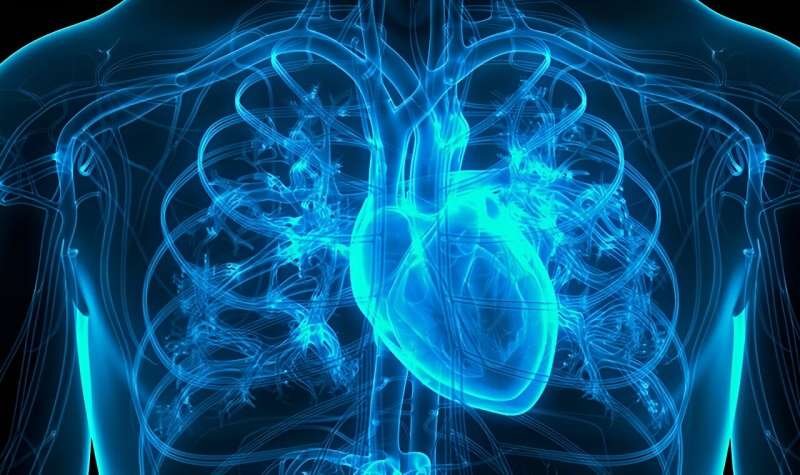
A deep-learning model based on a chest radiograph (CXR) for cardiovascular disease (CVD) risk (CXR CVD-Risk) predicts major adverse cardiovascular events (MACE) beyond the clinical standard, according to a study published in the Annals of Internal Medicine.
Jakob Weiss, M.D., from Massachusetts General Hospital and Harvard Medical School in Boston, and colleagues developed and tested CXR CVD-Risk, which estimates 10-year risk for MACE from routine CXR, and compared the performance to that of the traditional atherosclerotic CVD (ASCVD) risk score. The CXR CVD-Risk model was developed using data from a cancer screening trial and was externally validated in 8,869 outpatients with unknown ASCVD risk and 2,132 outpatients with known ASCVD risk.
The researchers found that after adjustment for risk factors, the 10-year risk for MACE was higher for those with a risk of 7.5% or higher as predicted by CXR CVD-Risk among 8,869 outpatients with unknown ASCVD risk (adjusted hazard ratio, 1.73). CXR CVD-Risk predicted MACE beyond the traditional ASCVD risk score in the additional 2,132 outpatients with known ASCVD risk (adjusted hazard ratio, 1.88).
“Opportunistic screening of CXRs may help identify individuals at high risk for cardiovascular disease, prompting risk factor assessment and targeted prevention,” the authors write.
More information:
Jakob Weiss et al, Deep Learning to Estimate Cardiovascular Risk From Chest Radiographs, Annals of Internal Medicine (2024). DOI: 10.7326/M23-1898
2024 HealthDay. All rights reserved.
Citation:
Deep-learning model based on chest X-ray helps predict MACE (2024, March 26)
deep-based-chest-ray-mace.html
.
. The content is provided for information purposes only.
